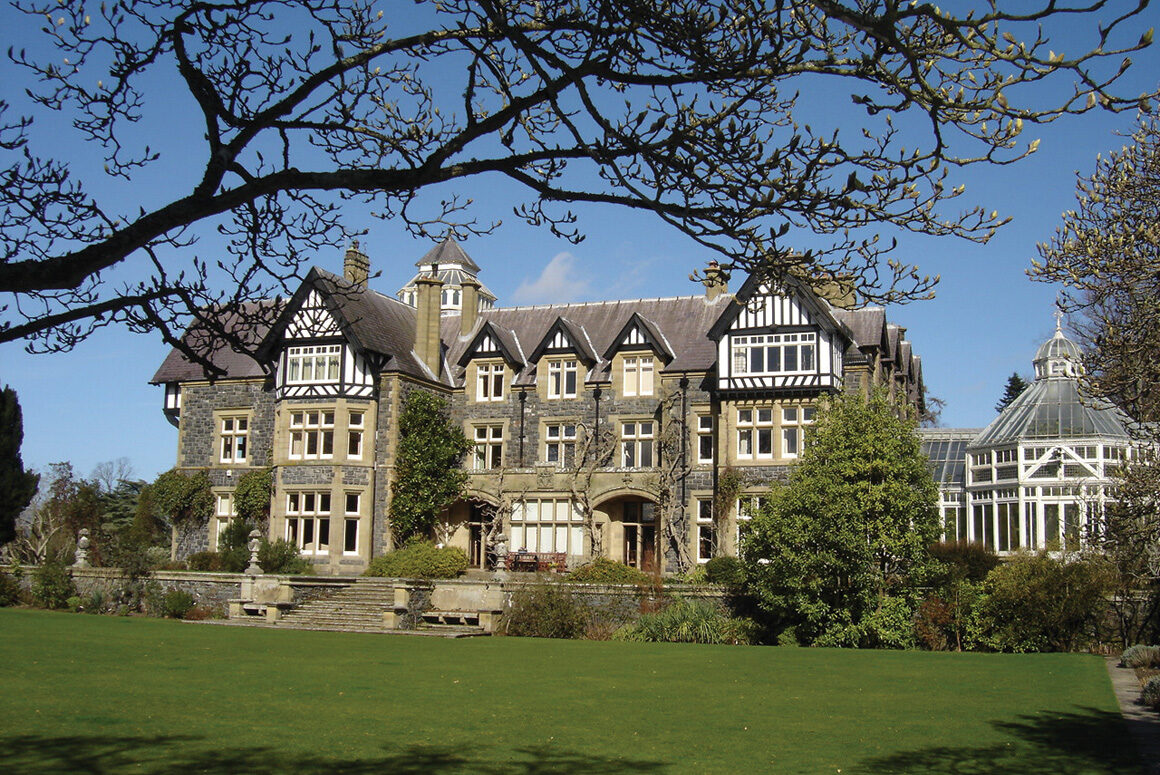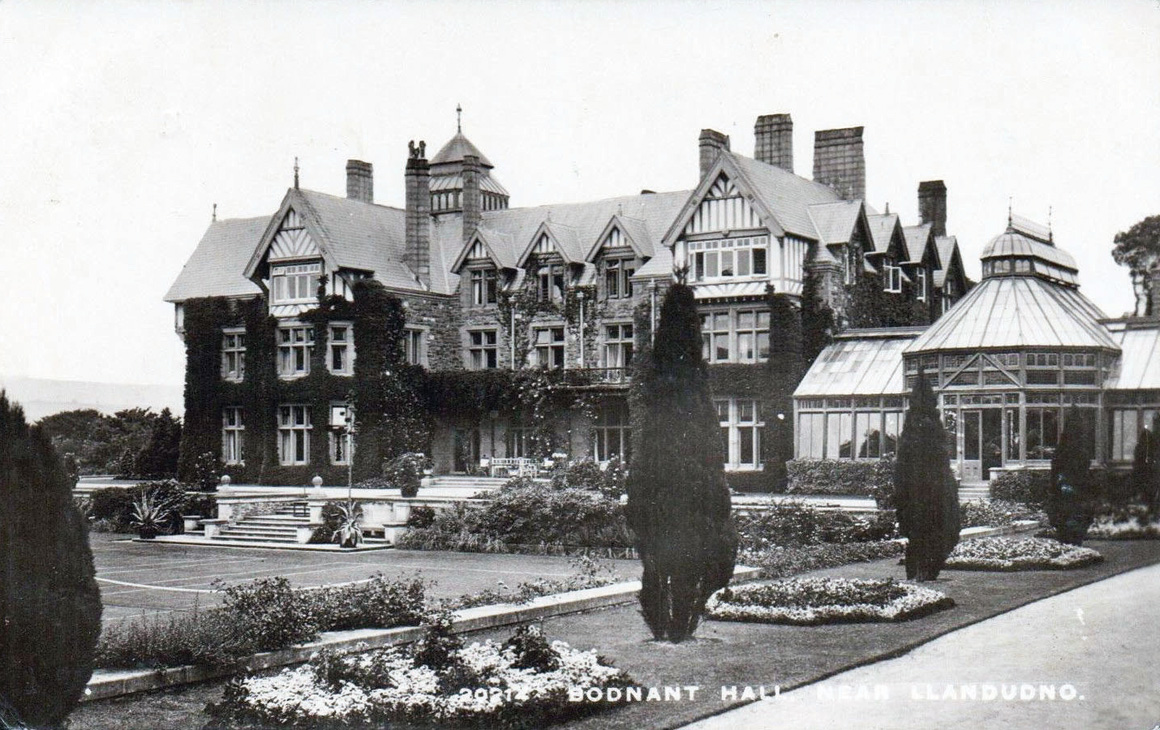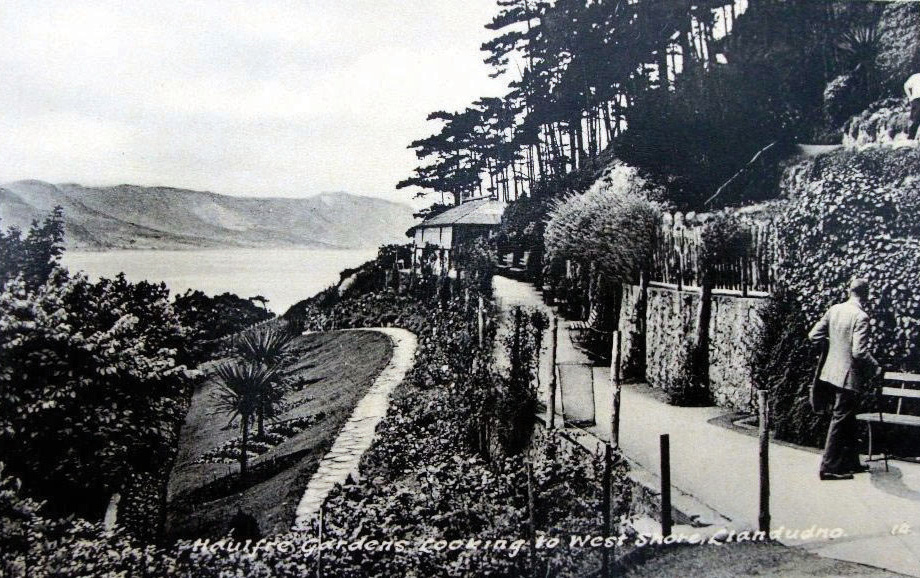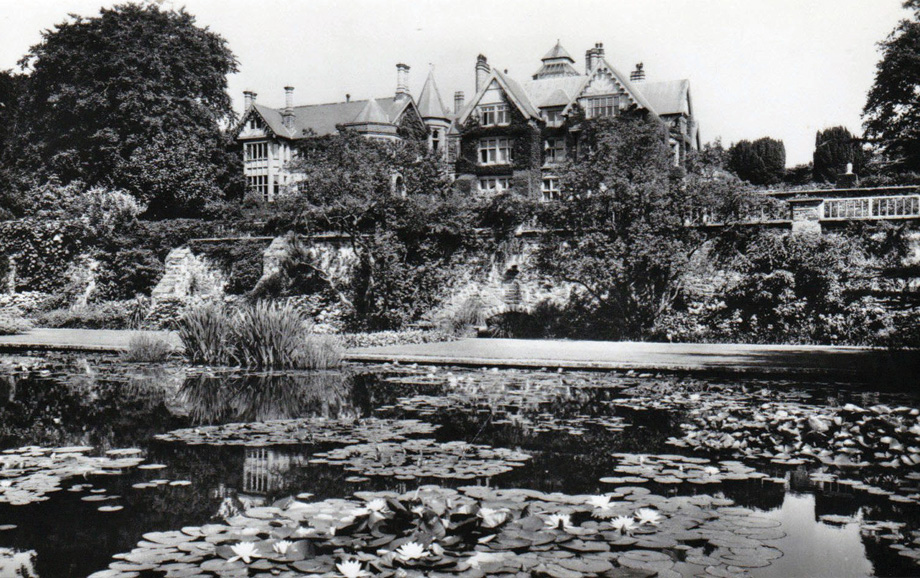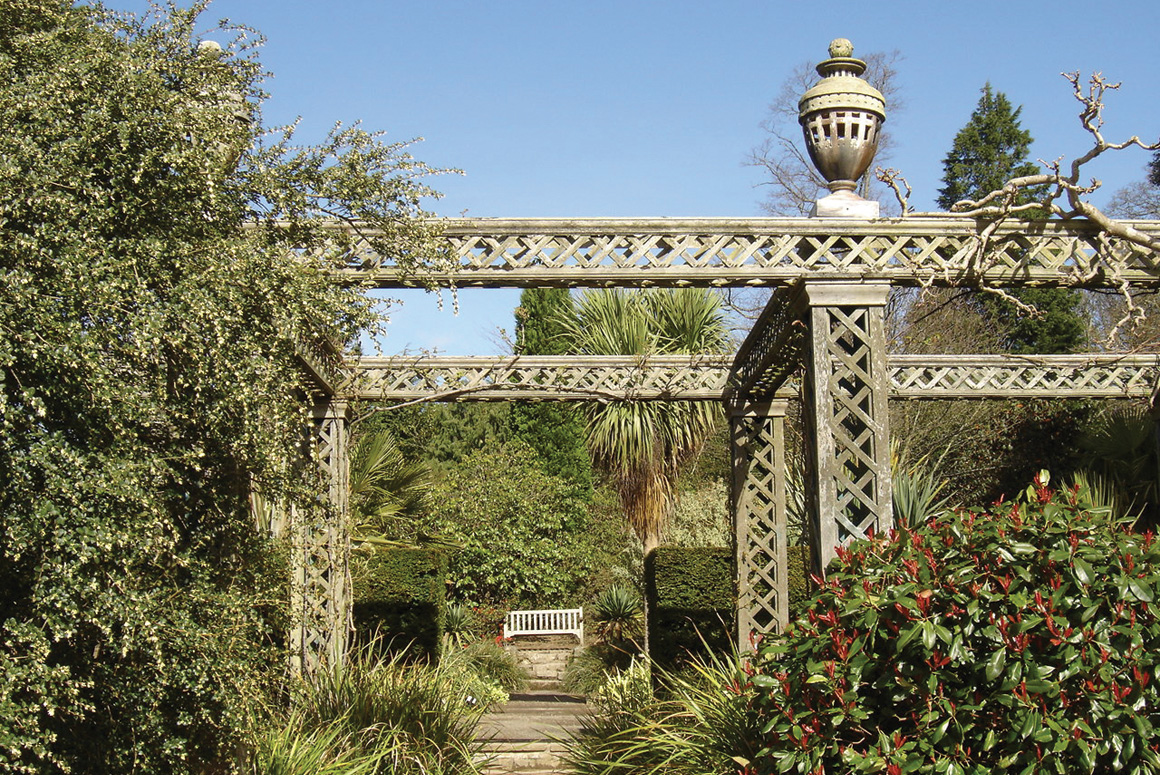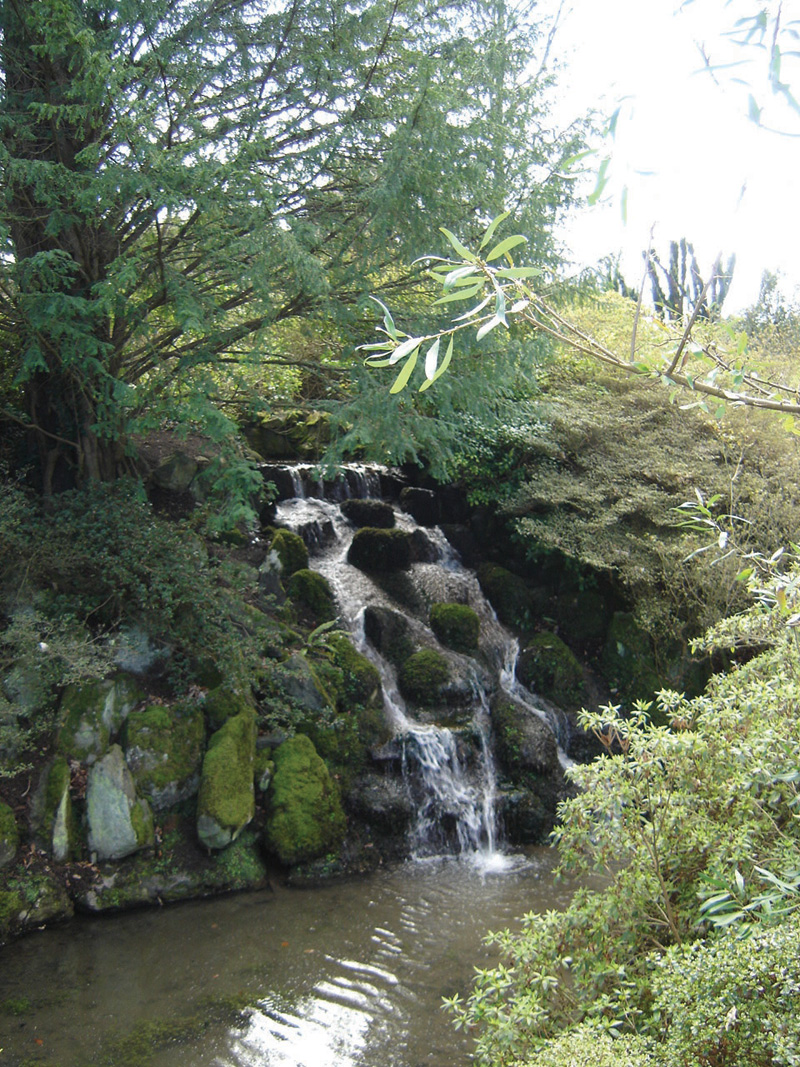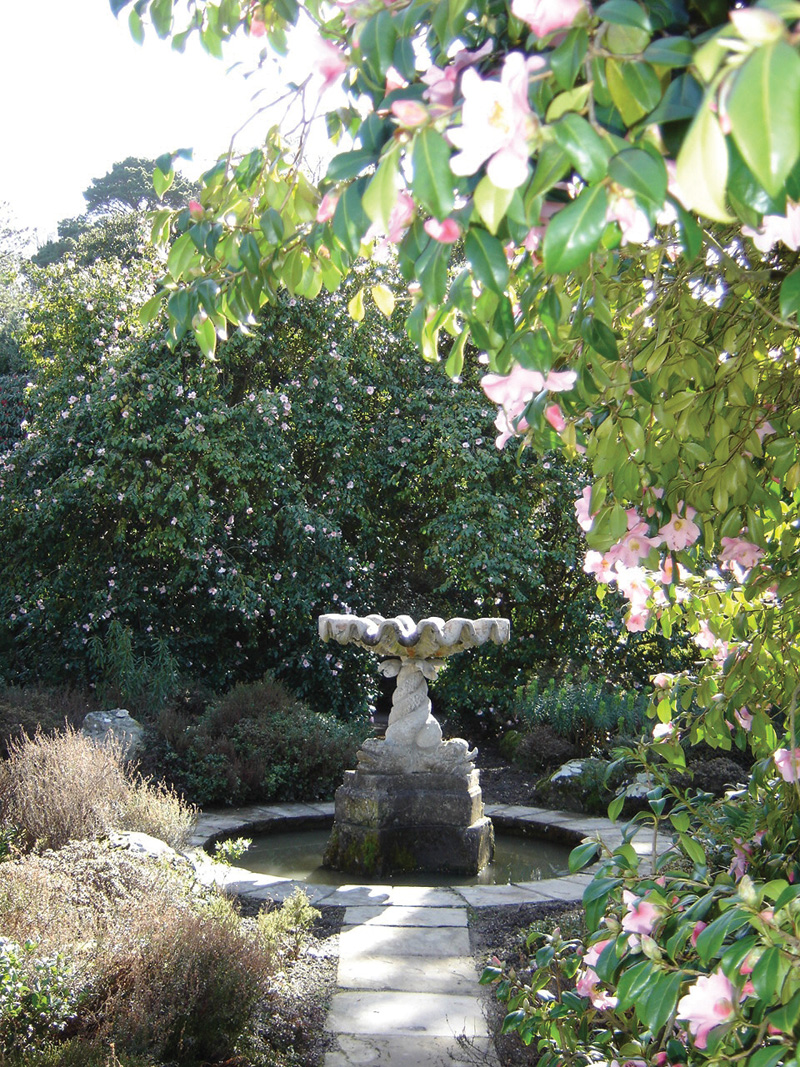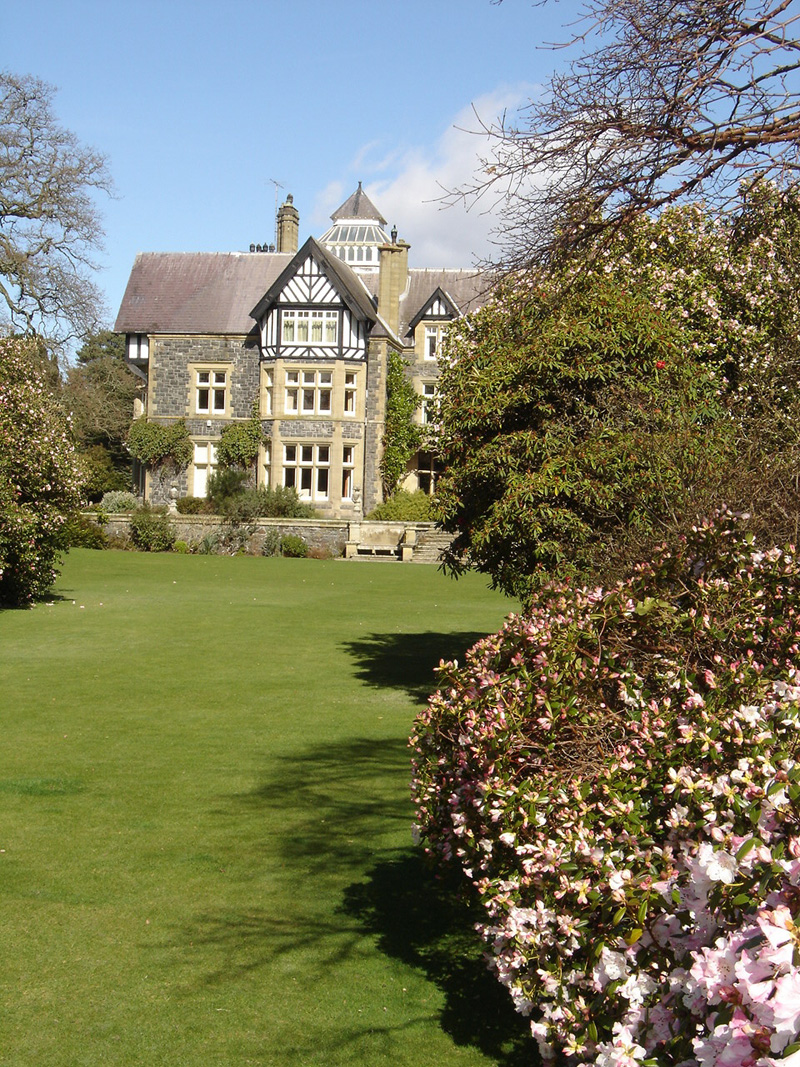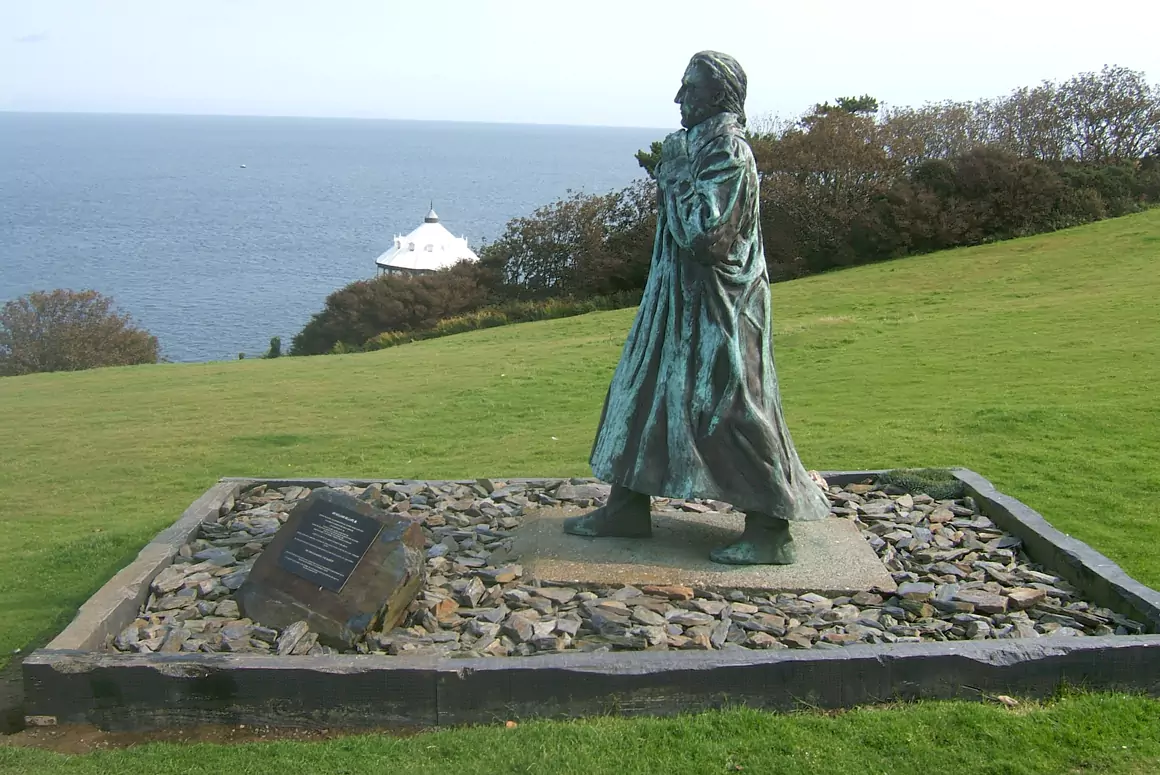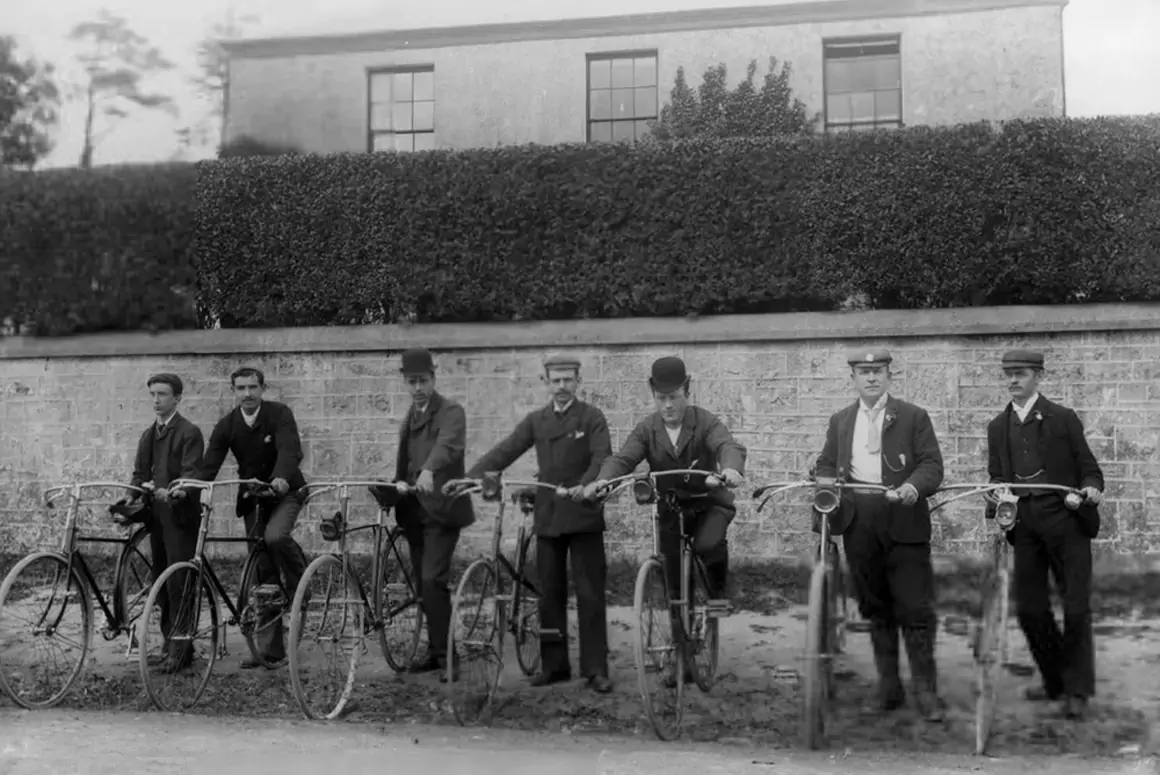![]()
Karen Foy looks at the life and work of Henry Davis Pochin, the man whose vision led to the creation of Bodnant Gardens.
An Unusual Path
Born on the 25th May 1824 in the village of Wigston, Leicestershire, Henry Davis Pochin was the son of a farmer with no ambitions to carry on the family trade. Instead, his aim was to become an industrial chemist and in 1838, he managed to gain an apprenticeship to a druggist in Northampton and later, joined the workforce of James Woolley, a well known chemist in the rapidly expanding industrial area of Manchester. His enthusiasm and knowledge gained, resulted in the offer of becoming Woolley’s partner and the successful duo thrived on selling dyes, bleaches, acetates and alums to local manufacturing businesses.
In 1852 Pochin married Agnes Heap and the birth of a son soon followed. One year later their daughter Laura Elizabeth was born and, along with his growing family, his social standing increased when he was elected as a member of the Salford Town Council.
A Soap Sensation
Chemical research continued to hold Pochin’s interest and in 1855 he invented and patented a process for the manufacture of Aluminous Cake which was to be used in the dyeing industry for paper-making and in the preparation of white leather. The success of the product led to the need for bigger premises and Pochin and Woolley moved to a site in Newton Heath, Manchester, close to the Rochdale Canal. Not content with his initial success, Pochin went on to develop a procedure for the purification of Brown Rosin used in the making of cheap yellow soaps. His invention enabled manufacturers to upgrade the quality of their soaps to a whiter, superior product.
Changing Times
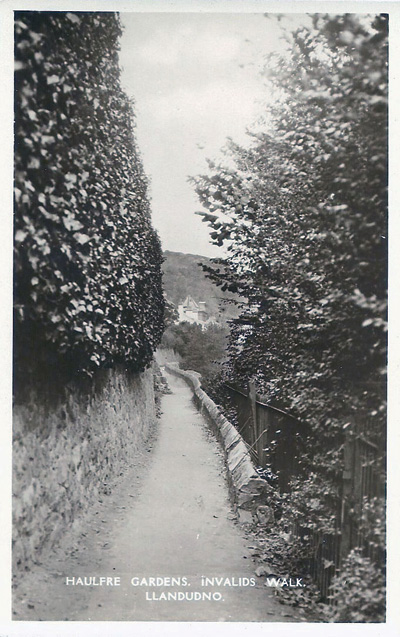
Sadly, in 1848, James Woolley died after a sudden illness. Despite three operations and the use of a new anaesthetic – chloroform – doctors were unable to save Pochin’s mentor. Now the sole proprietor of the business, Pochin relinquished his interests in the rosin process to acquire financial stability. Concentrating on his Aluminous Cake, he needed the ingredient China Clay and ended up purchasing several china clay mines in Cornwall making him one of the three largest producers of China Clay in Britain at the time.
Joined in business by his brothers, William and Edward, Henry was able to allow himself the time to continue his interests in Salford Town Council. His time as an MP led him to promote education, helping establish Salford Working Men’s College for men and boys and with the help of his wife, they were able to set up teaching classes for the girls.
In the decade of marriage that he had shared with his wife Agnes, they had been blessed with six children, out of which only three had survived, but he still aimed to make where they lived a better place.
During the early 1860’s, Pochin became involved in a consortium of Manchester businessmen who purchased Staveley Coal and Iron Company and later, he became the director of the Tredegar Iron and Coal Company who were instrumental in sinking two shafts at the Pochin Colliery in Tredegar in South Wales. The first coal was brought to the surface in 1881 and the mine was named after Pochin’s daughter, Laura.
A Horticultural Haven
Henry’s diverse career choices led to the need for a little more sea air and relaxation time, so the Pochin family bought a home at Haulfre, on the side of the Great Orme in Llandudno, North Wales. In Welsh, ‘Haul’ translates to ‘sun’, and ‘Fre’ to ‘hill’ – an apt description for its location.
Henry’s love of gardening enabled him to develop the site between 1871 and 1876. The array of ornate terraces and unusual combinations of plants were later opened to the public. But it was his purchase of the Bodnant Estate and its surrounding twenty five farms where his passion for gardening really took hold. Set in the Conwy Valley, Bodnant Hall is surrounded by eighty acres of garden which Pochin cultivated into a haven of tranquillity, featuring shrubberies, lawns, a dell and the Laburnum Walk.
The Georgian House had been built in 1792 and Pochin set about extending and improving the premises, re-facing it with blue local stone, and building a Victorian conservatory next to the house in 1882. Making use of the River Hiraethlyn which flowed through the estate, he planted conifers and shrubs to create what was ultimately to become The Dell.
As a lasting memorial to his family he also erected a mausoleum which he called ‘The Poem’, as a final resting place for himself and the generations of his family which would later follow. In 1895, after a full and creative life, Henry Davis Pochin died at the age of seventy four and, as per his wishes he was buried in ‘The Poem’ surrounded by the serene gardens he had grown to love.
A Lasting Legacy
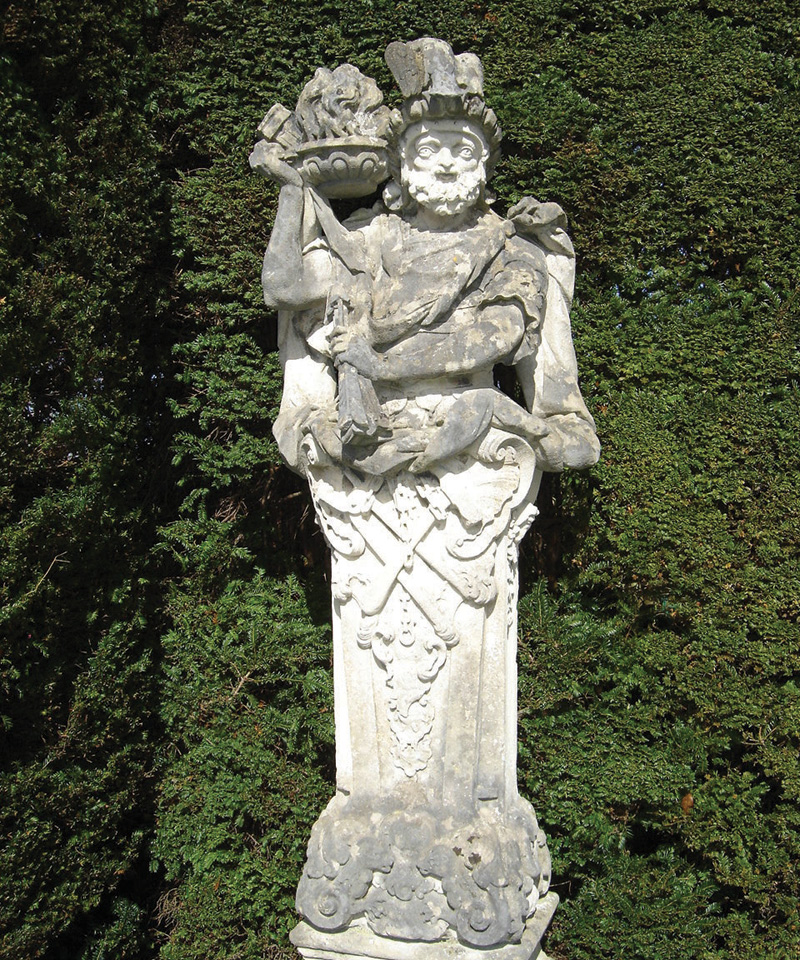
When Henry died, his daughter, Laura, who was now Lady Aberconway after her marriage to MP Charles McLaren, inherited the estate. The family continued to invest in the garden using the knowledge provided by a number of prominent plant collectors to ensure that Bodnant had a vast array of plants within its grounds.
These included:
- George Forrest (1873 – 1932)
A Scotsman who worked in the Royal Botanic Gardens in Edinburgh – he was also a plant hunter who travelled the world in search of new and exotic species. The McLaren family became one of his sponsors and helped in his quest to find unusual rhododendrons introducing species from as far away as Tibet. - Ernest Henry Wilson (1876 – 1930)
After obtaining a position at Kew Gardens he travelled to China in search of exotic plants. His trip took three years and he is believed to have introduced 2000 new species in a four month period. - Harold Comber (1897 – 1969)
Also employed by the Royal Botanic Gardens in Edinburgh, Comber was invited by Henry McLaren to collect species in Argentina and Chile.
In 1949, Bodnant Garden was given over to The National Trust to maintain, enabling legions of garden lovers to enjoy this botanical spectacle. Throughout the year there is always something to see. From the first flush of daffodils, spring bulbs and rhododendrons, to the scent of roses and hydrangeas during the summer, culminating in a golden finale of autumn foliage – each season brings new surprises.
What was once one man’s horticultural dream has now established itself firmly as part of its Welsh surroundings. With a backdrop of the mountains and the beauty of the Conwy Valley, Pochin’s lasting legacy to the botanical world can be enjoyed for generations to come.
Words & pictures: Karen Foy
First published in Welsh Country magazine Sept-Oct 2015


